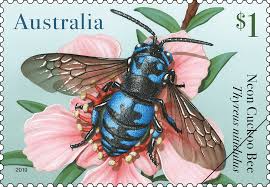We compared the current (2012–2017) abundances of food plants of different groups of flower‐visiting insects to that of 1900–1930 in the canton of Zurich, Switzerland. Comparisons were done separately for different vegetation types, flowering months, and groups of diurnal flower‐visiting insects, such as bees, bumblebees, wasps, butterflies, hoverflies, flies, and beetles. We found a general decrease in food plant abundance for all groups of flower‐visiting insects and in all vegetation types except ruderal areas. Reductions of food plant abundance were most pronounced for wetlands and agricultural fields, reflecting the massive transformation of wetlands into other habitat types and the intensified management of agricultural fields. Food plant abundance for specialized flower visitors (bees, bumblebees, butterflies) of wetlands decreased most strongly in May and for generalized flower visitors (wasps, hoverflies, flies, beetles) in July. Specialized plant species, i.e. species with few groups of flower visitors, decreased more strongly in abundance than species with many groups of flower visitors. Finally, we found a homogenization of food plant assemblages in all vegetation types except ruderal areas, where the opposite pattern emerged. Our results suggest a significant reduction in the diversity and abundance of food plants for flower‐visiting insects over the past century, which has been most severe for the more specialized insect groups.
Source:
Stefan Abrahamczyk, Thomas Wohlgemuth, Michael Nobis, Reto Nyffeler, Michael Kessler. Shifts in food plant abundance for flower‐visiting insects between 1900 and 2017 in the canton of Zurich, Switzerland. Ecological Applications, 2020; DOI: 10.1002/EAP.2138
https://esajournals.onlinelibrary.wiley.com/doi/epdf/10.1002/eap.2138

- Login om te reageren
